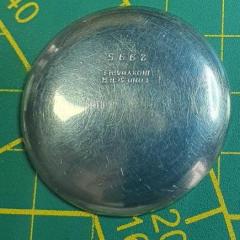Restoration Techniques - Polishing, Refinishing, Bluing, Rust, etc..
Dealing with all subjects relating to watch restoration techniques such as Rust Removal, Bluing, Refinishing etc...
Subforums
-
- 360
- posts
-
- 335
- posts
-
- 153
- posts
-
- 947
- posts
43 topics in this forum
-
- 5 replies
- 2.1k views
-
- 4 replies
- 1.6k views
-
- 4 replies
- 2.5k views
-
- 4 replies
- 3.2k views
-
- 4 replies
- 1.7k views
-
- 4 replies
- 1.5k views
-
- 3 replies
- 1.3k views
-
- 3 replies
- 2.9k views
-
- 3 replies
- 3.8k views
-
- 3 replies
- 2.7k views
-
- 3 replies
- 1.9k views
-
- 2 replies
- 1.5k views
-
- 0 replies
- 1.3k views
-
- 0 replies
- 2.2k views
-
- 0 replies
- 2.5k views
-
- 0 replies
- 1.1k views
-
- 0 replies
- 1.2k views
-
- 0 replies
- 351 views















